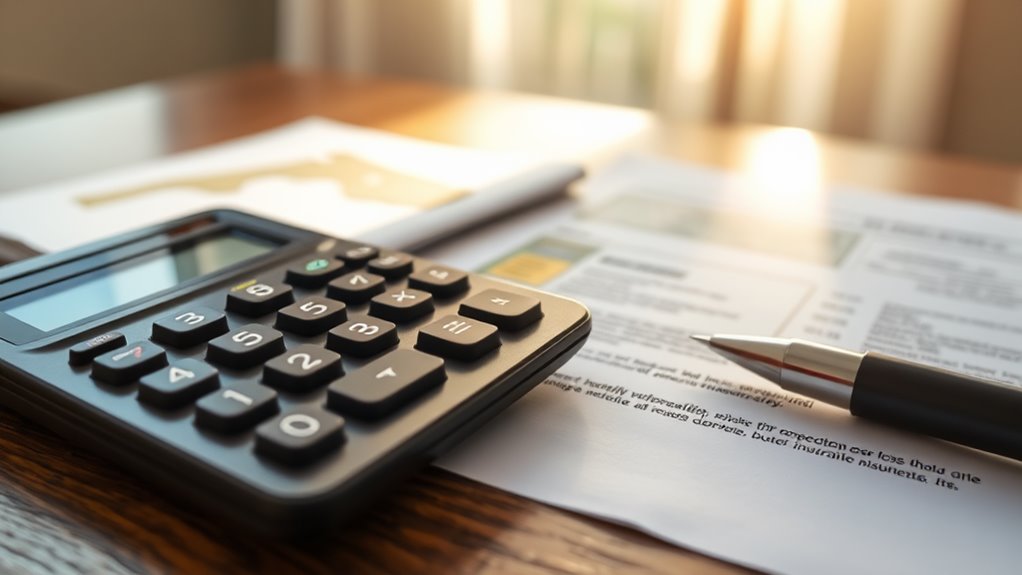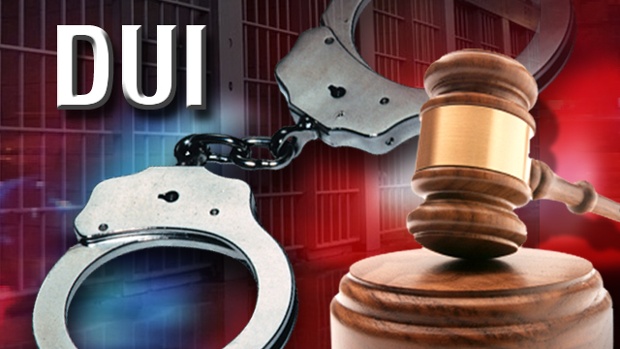Steering through accident compensation claims can feel overwhelming, especially when you’re dealing with the aftermath of an accident. It’s vital to document every detail, gather important evidence, and seek advice from an experienced attorney. Your claim hinges on how well you present your case to the insurance company. Knowing the steps involved can make a significant difference, especially when disputes arise. So, what are the key actions you need to take to secure the compensation you deserve?
Accident compensation claims are fundamental for recovering your losses after an unexpected incident. When you find yourself in such a situation, documenting the accident is the first step to guarantee your claim is robust. Obtaining a police report is essential. This document not only details the accident scene but also helps establish fault, which can greatly influence the outcome of your claim. Moreover, traffic laws can vary by state, so understanding your local regulations can be beneficial.
 Additionally, gathering medical records is crucial. These records serve as evidence of your injuries and give insight into the extent and costs of your treatment. Remember, some injuries, like concussions or internal damage, mightn’t be immediately visible. Hence, seeking medical attention promptly isn’t just about your health; it’s about building a solid foundation for your case.
Additionally, gathering medical records is crucial. These records serve as evidence of your injuries and give insight into the extent and costs of your treatment. Remember, some injuries, like concussions or internal damage, mightn’t be immediately visible. Hence, seeking medical attention promptly isn’t just about your health; it’s about building a solid foundation for your case.
Gathering medical records is vital for substantiating your injuries and treatment costs, ensuring a strong case foundation.
Photographs can make a difference too. Capturing images of the accident scene and your injuries provides visual evidence that strengthens your claim. Don’t overlook the importance of witness statements. Third-party perspectives can offer valuable insights that corroborate your version of events. Furthermore, environmental conditions—such as weather and road conditions—can play a pivotal role in determining liability. Make sure you take note of these factors.
Once you’ve documented the accident, your next step is to seek legal representation. Consulting with an attorney can help you evaluate the strength of your claim and potential compensation. A skilled lawyer will investigate the accident, gathering significant evidence, including surveillance footage, if available. They’ll negotiate with insurance companies on your behalf, guaranteeing you receive a fair settlement. Experienced attorneys can significantly impact the case outcome by gathering evidence and negotiating effectively.
Remember, filing paperwork correctly and on time is fundamental, as there are strict legal deadlines to meet. Your attorney will assist you in building a strong case by analyzing liability and damages, making sure no stone is left unturned.
Now, as you prepare to file your accident claim, notifying the at-fault party’s insurance company is the first step. A demand letter outlining the accident details and the compensation you seek should accompany your claim. Ascertain you include evidence of liability and document the extent of your injuries thoroughly.
The insurance company will either accept, deny, or request further investigation into your claim, so be prepared for this process. Negotiating settlements can often resolve claims without needing court proceedings. The severity of injuries and their impact on your earning capacity are key factors in these negotiations.
Remember that initial offers from insurance companies might be low. Don’t settle too quickly; proper negotiation is essential to avoid undercompensation. Professional legal guidance can greatly enhance your chances of securing equitable settlements.
In cases where claims are denied or under-settled, preparing for court may become necessary. Understanding the stages of a lawsuit—pleadings, discovery, mediation, and trial—will help you navigate this process. During discovery, evidence exchange is crucial for both parties to build their cases.
Mediation can also be a beneficial step toward reaching a settlement agreement. If necessary, expert testimony can be pivotal in establishing cause or disputing liability.
The journey through accident compensation claims may seem intimidating, but with the right steps and support, you can achieve a fair resolution.

Guide to Traffic Lawyer Costs Explained
When it comes to hiring a traffic lawyer, do you really know what it’ll cost you? Understanding the various fees involved can save you from unexpected expenses down the road. From simple cases to serious charges, the price range varies considerably. Knowing what to expect can make a big difference in your decision-making process. So, what factors should you consider before choosing legal representation?
When you’re facing a traffic violation, understanding the costs associated with hiring a traffic lawyer can save you both money and stress. The fees for traffic lawyers can vary considerably, typically ranging from $50 for simple cases to several thousand dollars for more complex situations. If your case falls into the standard category, expect to pay between $300 and $400 for basic representation.
However, if you’re dealing with serious offenses or complicated legal issues, costs can escalate to anywhere from $1,000 to $5,000 or more. The geographical location where you live plays an essential role in determining lawyer fees. Urban areas often have higher costs due to increased living expenses and a more competitive legal market. If you’re in a bustling city, you might find yourself paying more than someone in a quieter town.
Additionally, the severity of your traffic violation directly impacts the cost. For example, a DUI case could set you back $1,500 to $2,500, while felony charges like vehicular homicide might escalate to between $2,500 and $10,000 or even higher due to their complexity. The experience of the lawyer also affects pricing. Highly regarded attorneys with extensive experience will typically charge more for their expertise. Serious offenses often lead to higher legal fees, making it crucial to assess the nature of your violation before proceeding. It’s important to note that navigating traffic laws can be complicated and often requires specialized knowledge.
If you want the best chance at a favorable outcome, investing in a reputable lawyer can be a wise decision. Remember, the breadth of services offered can also influence your total costs. Extensive legal representation that includes more than just basic defense will often carry a higher price tag.
When considering payment structures, you’ll find that traffic lawyers might charge hourly rates ranging from $100 to $300 or offer flat fees, which are common for simpler cases. Flat fees usually range from $200 to $400, providing you with a predictable cost. However, if your case goes to trial, you can expect fees to rise considerably.
Additionally, be mindful that some cases may incur extra charges for court appearances or negotiations, further adding to your expenses. Despite the costs, hiring a traffic lawyer comes with numerous benefits. Experienced attorneys often negotiate reduced fines or penalties, helping you save money in the long run.
They can also protect your license by minimizing charges that could lead to suspension. Additionally, legal representation can save you time in court, allowing you to focus on more important matters. In some cases, a well-versed lawyer might even achieve a dismissal of your case, providing a favorable outcome without the financial burden of further penalties.

Lawyers
Lawyers are required to maintain standards of conduct under the jurisdiction of the state attorney bar association they are licensed in. All states have some form of a disciplinary counsel where complaints can be filed. These counsels are usually set up by the state bar association or in some cases by the state supreme court.
The state bar association is funded by lawyer fees, not by taxpayer funds. The Counsel members are appointed and are comprised of lawyers and some non lawyers. Anyone can file a complaint but misconduct is only considered if a complaint is filed. To file a complaint write a detailed letter stating the grievance. Detail the conditions under which the lawyer was hired and all relevant contact information. Or fill out a complaint form if provided by the state disciplinary counsel.
Complaints are then reviewed by the counsel and may be rejected if the counsel deems the complaint lacks sufficient evidence. If the counsel considers the complaint is supported by enough facts to substantiate its allegation an investigation will be opened. Typical violations may include ethical concerns, misrepresentation, conflict of interest, and the inability of the lawyer to communicate and or handle the case in a professional manner.
Reprimands against lawyers vary by state but typically can be a private or public reprimand, censor, suspension, or disbarment. Note that commissions are reluctant to take action on complaints without strong evidence. Many States attempt to resolve differences before complaints are filed.
Complaints must be strongly substantiated with relevant documentation or affidavits.

SR22 Insurance
SR22 insurance is not actually an insurance but an insurance form which is not a requirement of the insurance company but the DMV. The insurance company often terms sui conviction as high risk and to us customers it is commonly sr22 insurance or high risk insurance.
The auto insurance company would not check the motor vehicle record after the renewal and mostly the verification of the driving record is done once a year. Some general insurance companies do not do this for three years. At times the underwriter of the insurance company may also miss rating you on the your bad driving record. However, once they find out that you have a DUI conviction, you would be either asked to go for higher auto insurance ratings or they would give you an advance cancellation notice or a non-renewal notice asking you to seek the services of some other insurance company. The above are the two ways the general auto insurance company will deal with customers who have a dui conviction.
If your present insurer is ready to give you an insurance and continue with your auto insurance policy, it would mean that they are speciality insurers also like Allstate, GEICO and Unitrin, for example who underwrite personal insurances and also specialty insurances. Currently, in the marketplace there is a keen competition and there are numersous speciality underwriters from whom you can seek SR22 insurance.
Why not look up the comparative dui sr22 car insurance quotes and try to obtain affordable sr22 insurance or if possible cheap sr22 insurance? You can easily try and get a free quote at this web-site SR22 insurance. We have been able to successfully help countless vistors get their free cheap sr22 insurance quotes there, and they have all benefited in getting SR22 insurance quotes within minutes.

Conclusion
Steering through the waters of accident compensation claims might feel like venturing into a stormy sea, but with the right preparation, you can reach calmer shores. By documenting your accident, gathering evidence, and seeking expert guidance, you’re not just fighting for compensation—you’re reclaiming your peace of mind. Remember, every step you take is a step toward justice, ensuring that you emerge stronger from this experience, much like a phoenix rising anew from the ashes.
